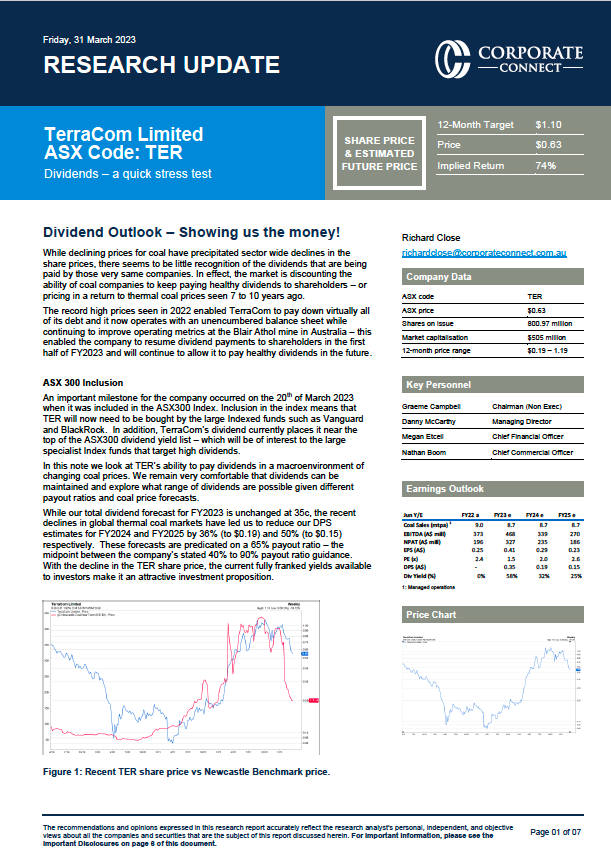Why Wall Street Is Overbought
After a nice further leg up in prices since late January, Wall Street now looks over extended and a decent price correction of at least 5 to 10% could now be underway and possibly play out over the next month or so.
Read More



